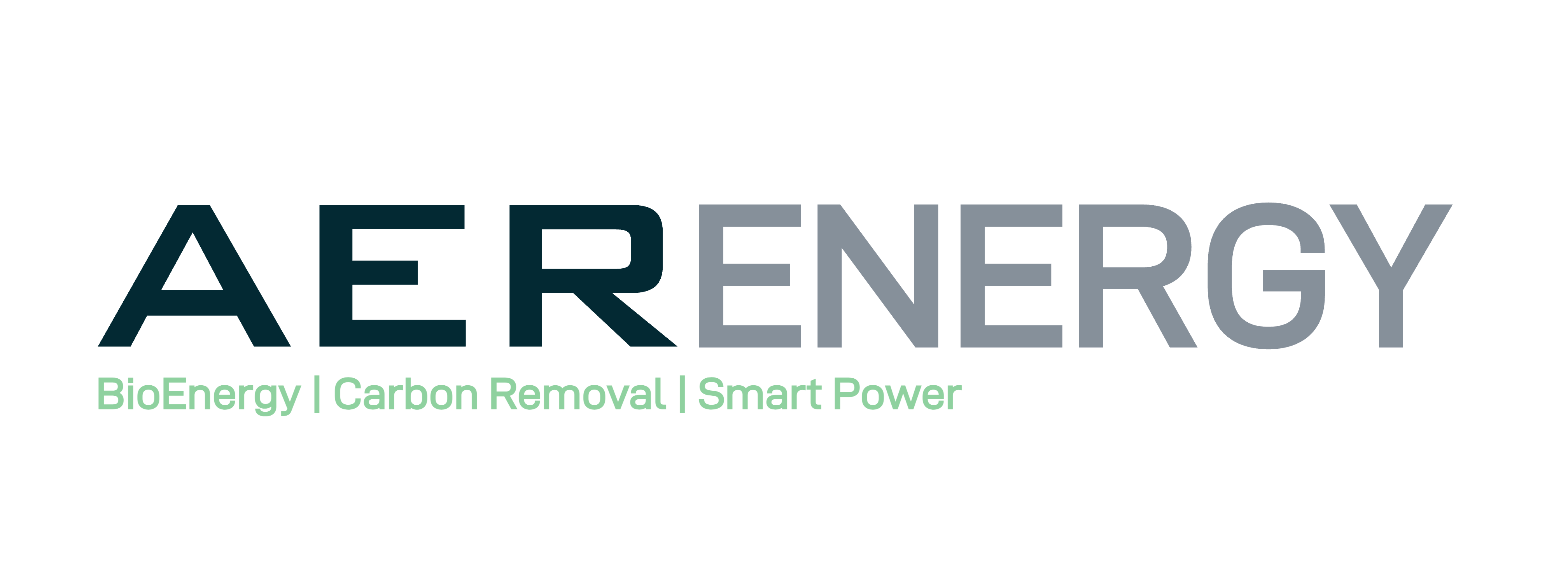Can Green Methanol Compete at Scale? What It Takes to Build Fuel Infrastructure
Executive Summary:
Green methanol is gaining momentum as a clean fuel, but the key to scaling isn’t mega-projects — it’s modular, credit-generating infrastructure. AER Energy’s bio-methanol systems are built for co-location with ag waste, ports, and industrial zones. They deliver methanol, carbon credits, and grid-independent energy — all while scaling by module, not megaproject.
What Makes Green Methanol Competitive?
Demand is rising fast:
- 🛳️ Shipping giants like Maersk are securing methanol supply
- ✈️ Aviation fuel blenders are trialing methanol derivatives
- 🏭 Chemical producers seek low-carbon feedstocks
- 🏛️ Governments are backing clean fuel infrastructure via subsidies and standards
But to compete with fossil fuels, green methanol must solve for:
- 🔋 Cost per tonne
- ⚡ Localized power supply
- 🧱 Scalable deployment
- 💳 Carbon credit revenue
AER addresses all four — using modular bio-methanol plants that run off waste and produce both fuel and removals.
AER’s Approach: Modular, Deployable, Credit-Generating
🔧 Modular Deployment
Each AER unit processes 50–150 TPH of biomass, producing:
- 💧 20M–50M litres/year of green methanol
- 🧱 In 6–12 month deployment cycles
- ⚙️ Scalable by stacking modules (not redesigning plants)
📍 Strategic Co-Location
Systems are sited near:
- 🌾 Agricultural waste hubs (hulls, husks, bagasse)
- 🌲 Plantation residues and council green waste
- ⚓ Port zones for bunkering or export blending
This reduces:
- 🚚 Feedstock transport costs
- 🏭 Product handling time
- 🔋 On-grid energy dependency
Infrastructure Requirements (Simplified Overview)
Carbon Credits: A Built-In Revenue Layer
Every tonne of AER methanol includes embedded CO₂ removal via:
- 🔒 Biochar sequestration
- 📊 MRV-backed methodology
- 💳 Verified credits under Puro.earth, Verra, ISO 14064
These credits can:
- Offset fuel costs
- Be sold into voluntary carbon markets
- Strengthen project ROI and secure funding
Policy Tailwinds Are Strengthening
- 🇪🇺 RED II & Fit for 55 incentivize renewable transport fuels
- 🇺🇸 Inflation Reduction Act provides tax credits for clean fuel and removals
- 🇨🇳 Clean port zones now mandate alternative fuels
- 🌏 IMO 2050 compliance puts methanol in the spotlight for shippers
Governments want carbon-negative fuels. AER provides them at modular scale.
How AER Systems Scale
ConfigurationOutputDeployment TimeTypical Use Case1-Module System~20M litres/year~6–9 monthsPilot, port trial, regional fleet supply3-Module System~60M litres/year~12 monthsMid-size ag cluster, remote bunkering5+ Modules (Hub)100M+ litres/year~18 monthsExport zone, blended SAF or shipping fuel
Add modules = Add capacity. No reengineering. No five-year delays.
Conclusion: Green Methanol at Scale Is Here — and It’s Modular
You don’t need billion-dollar plants to compete with fossil fuel. You need carbon-negative systems that work with waste, verify credits, and scale one module at a time. That’s the AER model — proven, fast, and financially viable.
Ready to Scale Green Fuel?
- 📄 Download the Modular Methanol Infrastructure Brief
- 🧭 Request a Site Feasibility Study
- 🤝 Partner on Biomass Supply or Port Integration

.png)
.png)
.png)